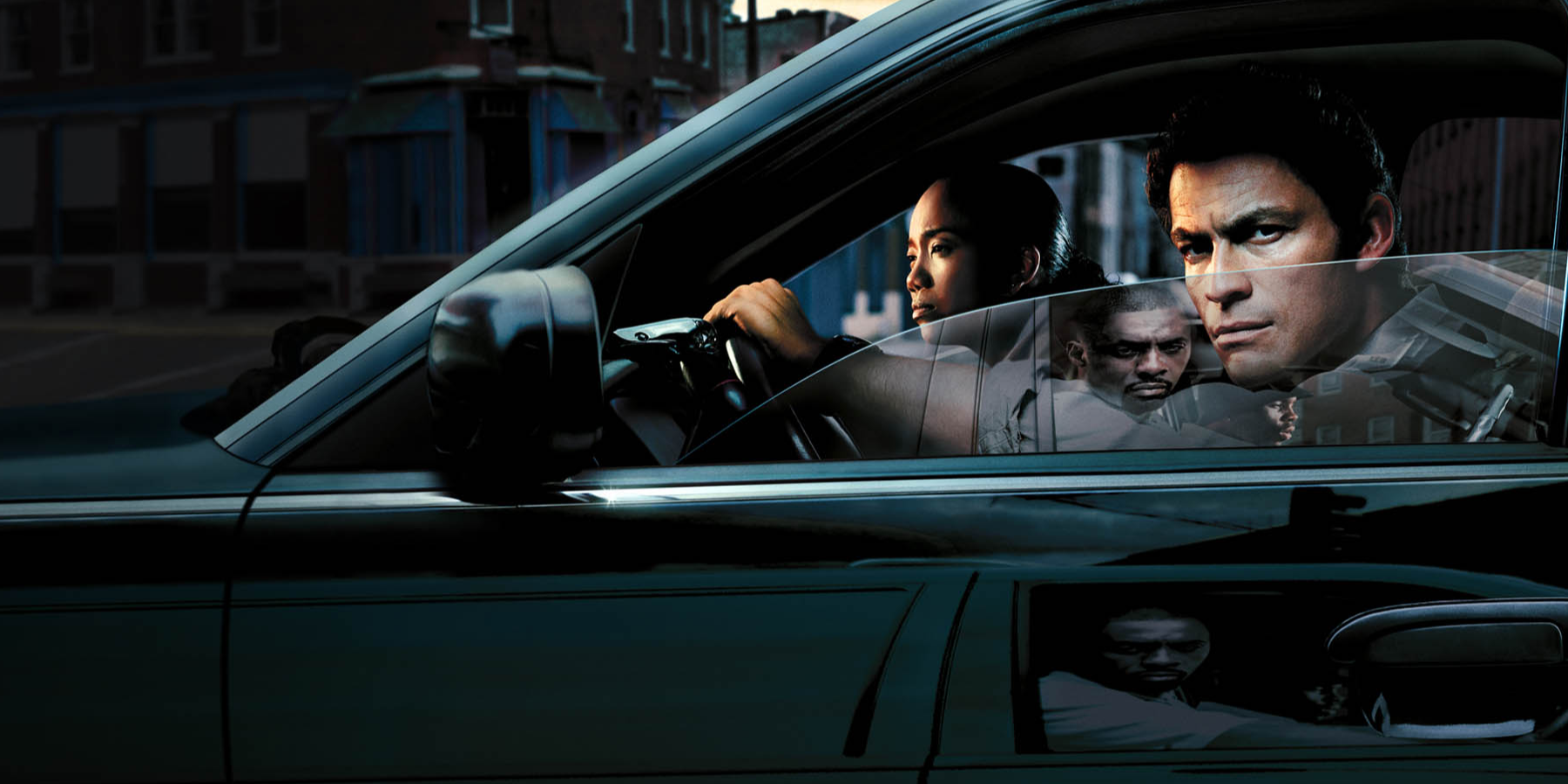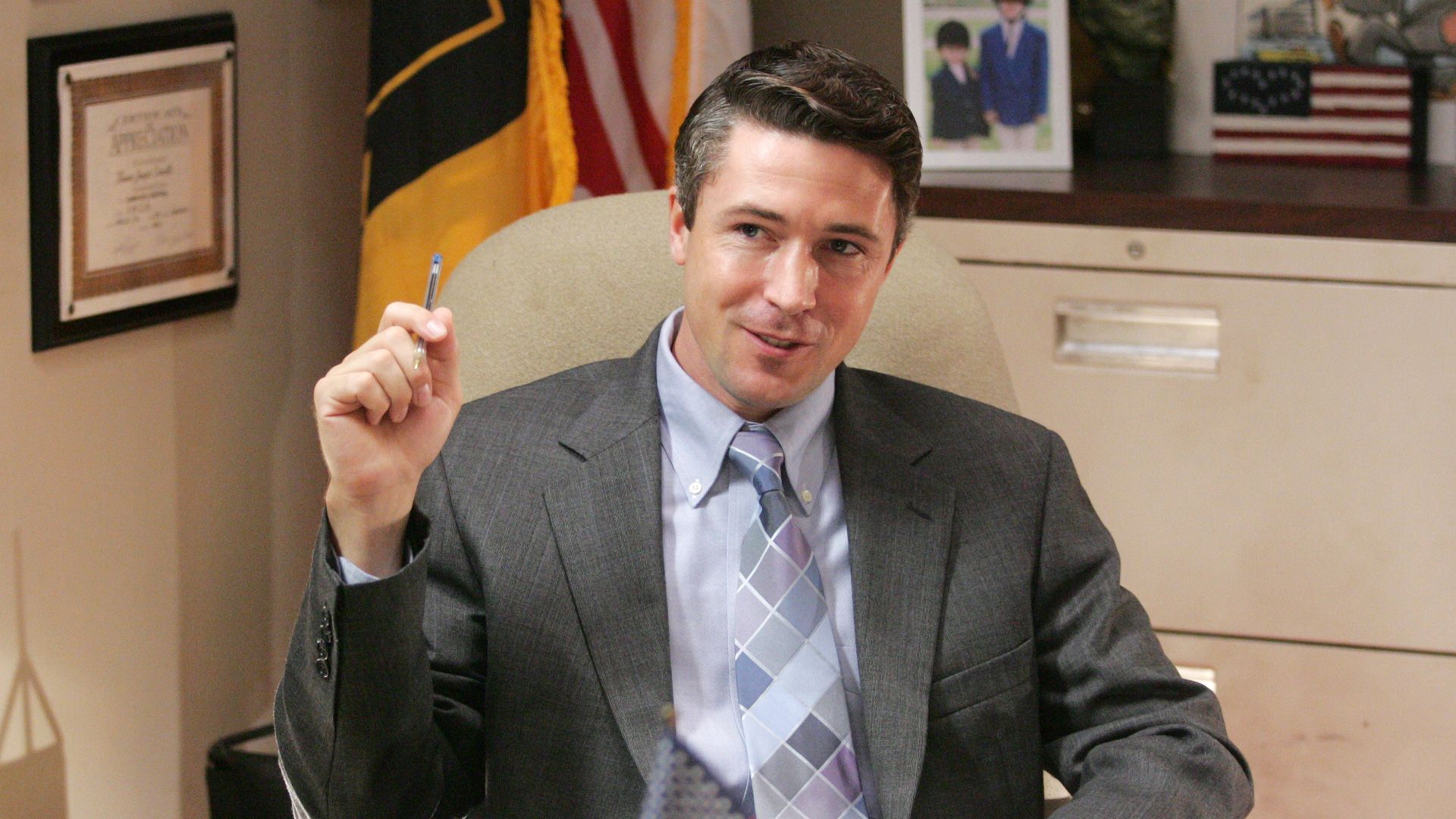TV doesn't get much better than HBO's The Wire, and it's because of that nigh flawless quality that it's so difficult to pick out a single season as the series' best. The show builds so naturally on itself, growing outward from an already large cast into a massively comprehensive look at Baltimore's inner workings.
Every piece of The Wire is critical and organically connects with the others around it, and yet, one outing stands out above the rest as the epitome of what the show represents: Season 3.
Though it's hard to believe given just how ambitious the first season is, when The Wire starts off, its scope is relatively small. The show begins focused on the Barksdale criminal organization as the Baltimore Police Department set up a special division to investigate Avon Barksdale's drug trade along with his second-in-command, Stringer Bell. From there, it folds out to encompass greater and greater aspects of the criminal ecosystem in Baltimore, from the docks to the schools -- and at the center of it all is Season 3.
Season 3 is the connective tissue between the first half of the series' focused approach to the Barksdale organization as a microcosm of the criminal underworld and the latter half of the series' expansive look at how the entirety of a civic structure supports and enables the very crime that eats away at it. It depicts the final days of the Barksdale crew and Stringer Bell, the rise of the Stanfield organization to take its place, Cutty Wise's release from prison and perhaps two of the most ambitious storylines in the show: Councilman Tommy Carcetti's mayoral race and Bunny Colvin's experiment with Hamsterdam.
Carcetti's introduction in Season 3 brings with it the larger world of democratic politics and governing. Though Carcetti has personal faults involving his ego and fidelity to his wife, The Wire's choice is to portray him as an ultimately optimistic and ambitious politician legitimately trying to do good. The irony is that the system he operates within doesn't allow good to be done without compromises if it's allowed to be done at all, and when Carcetti takes office, the audience sees how even the best intentions are sullied in their own actualization.
Even better, the story of Hamsterdam whereby Colvin functionally legalizes drugs within a certain radius in order to clean and control Baltimore's drug trade stands out as one of the most nuanced and enlightened depictions of the war on drugs in fiction. Once again, the struggle of good intentions in a corrupt system result in Colvin's experiment proving ultimately futile, and in its attempt, it demonstrated just how asinine much of the bureaucratic system allegedly serving the good of the people has become.
The entirety of The Wire is of such superlative quality that there are no wrong answers when it comes to picking the best season. But season 3 seems to stand out as containing some of the series' greatest moments, perfectly setting up essential elements that would prove vital later on and representing the heart of the show's message in each of its twelve episodes.



